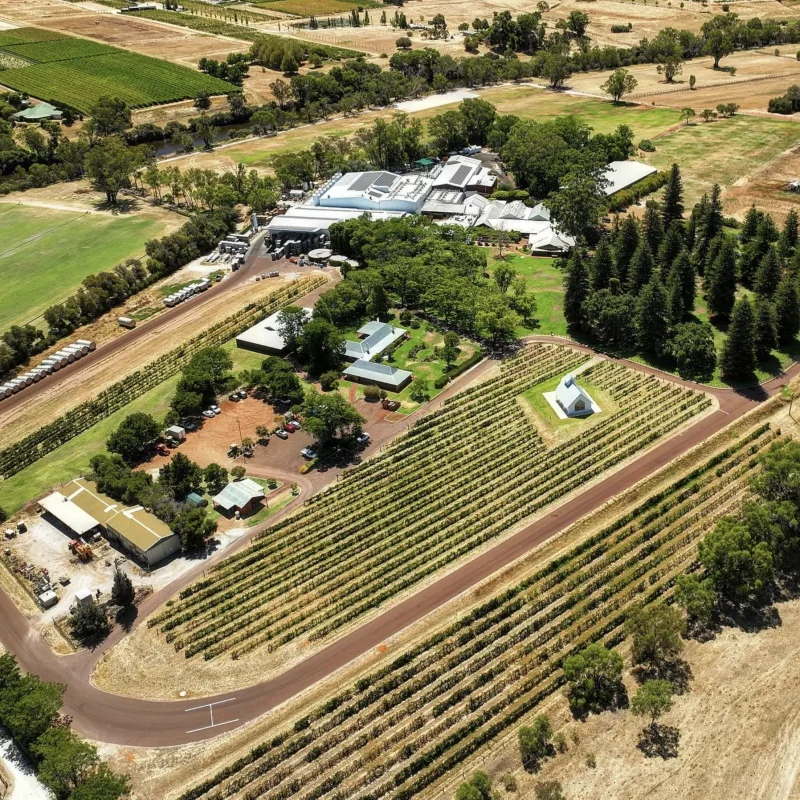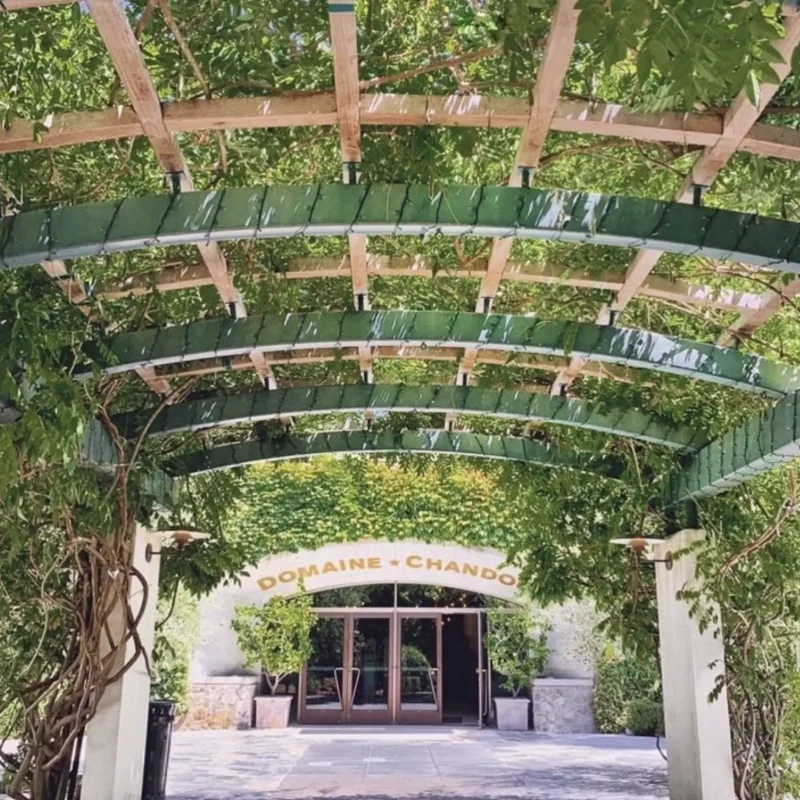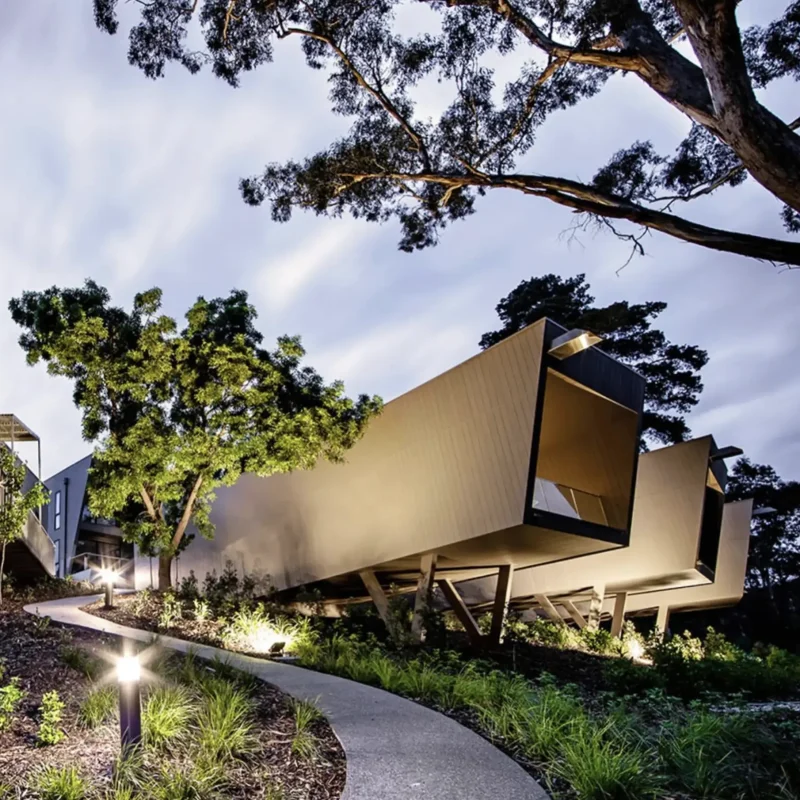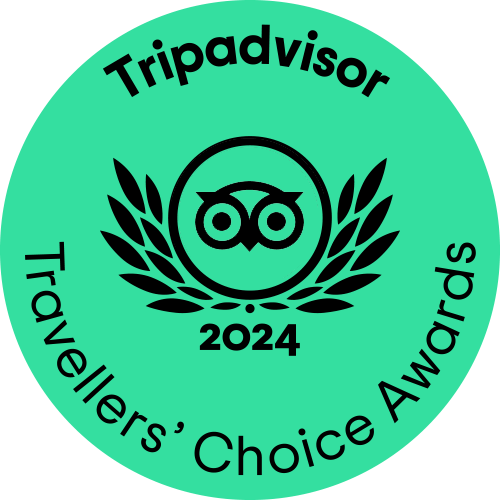Cape Nelson on Victoria’s Great Ocean Road has it all – natural beauty, adventure and history. Famous for the Cape Nelson Lighthouse and views of the Southern Ocean, Cape Nelson will hook you with its rugged coastline, native wildlife and historical significance. This seaside town near Portland is a must see for those exploring the coastal cliffs and scenery of South West Victoria.
A Historical Overview
Cape Nelson has a long history and is part of Australia’s maritime heritage. Named in 1800 by James Grant, Cape Nelson has been a part of Victoria’s story ever since. The Cape Nelson Lighthouse was built in 1884 and was a vital aid to navigation for ships travelling along the treacherous Southern Ocean, preventing shipwrecks and guiding sailors to shore. During World War II, Cape Nelson was also an important location, with an air raid shelter even built there. The remnants of this wartime history and the nearby Cape Northumberland Ruins will give you a glimpse into the cape’s past.
Today, Cape Nelson’s history is preserved not only through these physical remnants but also through Parks Victoria’s initiatives so visitors can learn about and appreciate the cape’s role in Australian history. The history of Cape Nelson continues to attract visitors, from maritime enthusiasts to history buffs who want to connect with the region’s past.
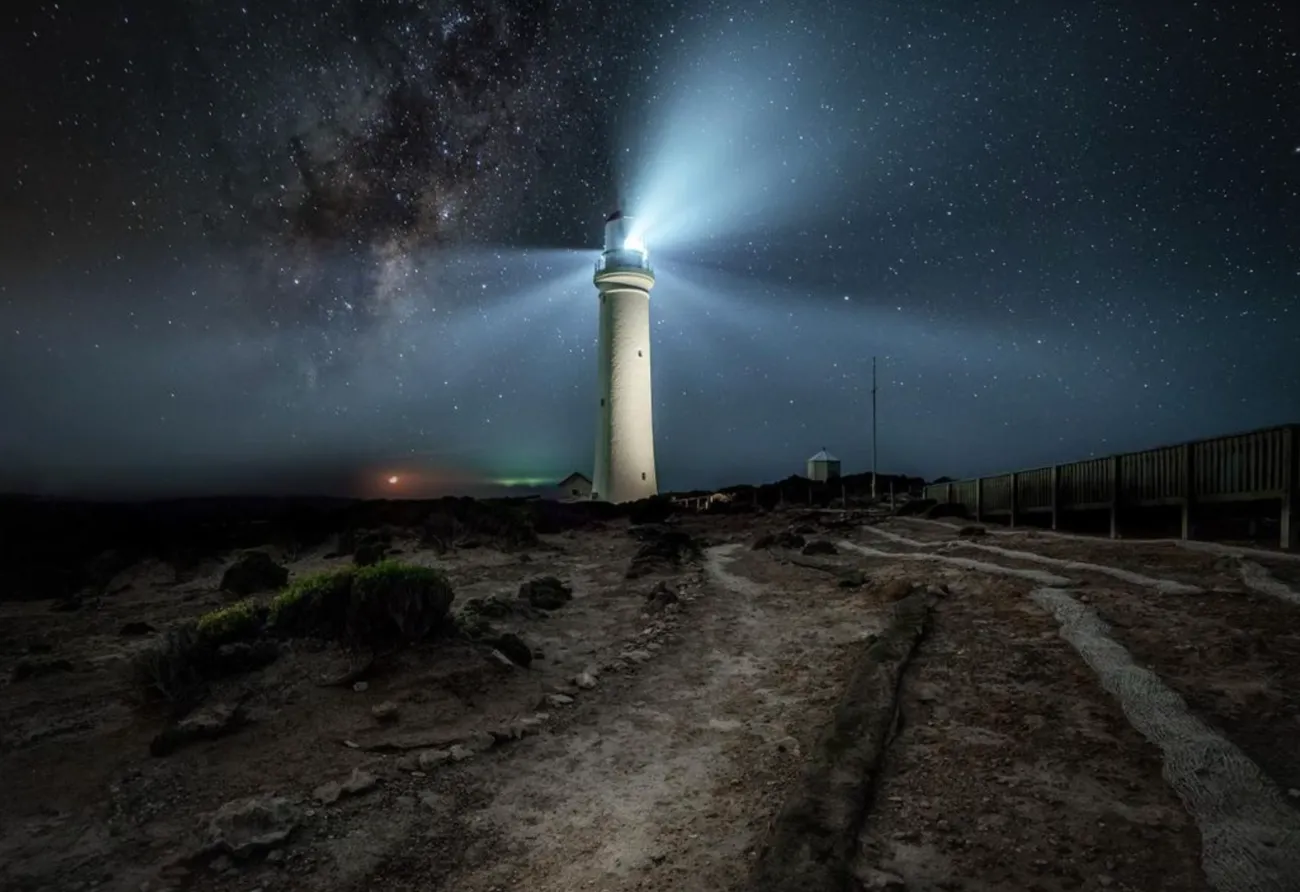
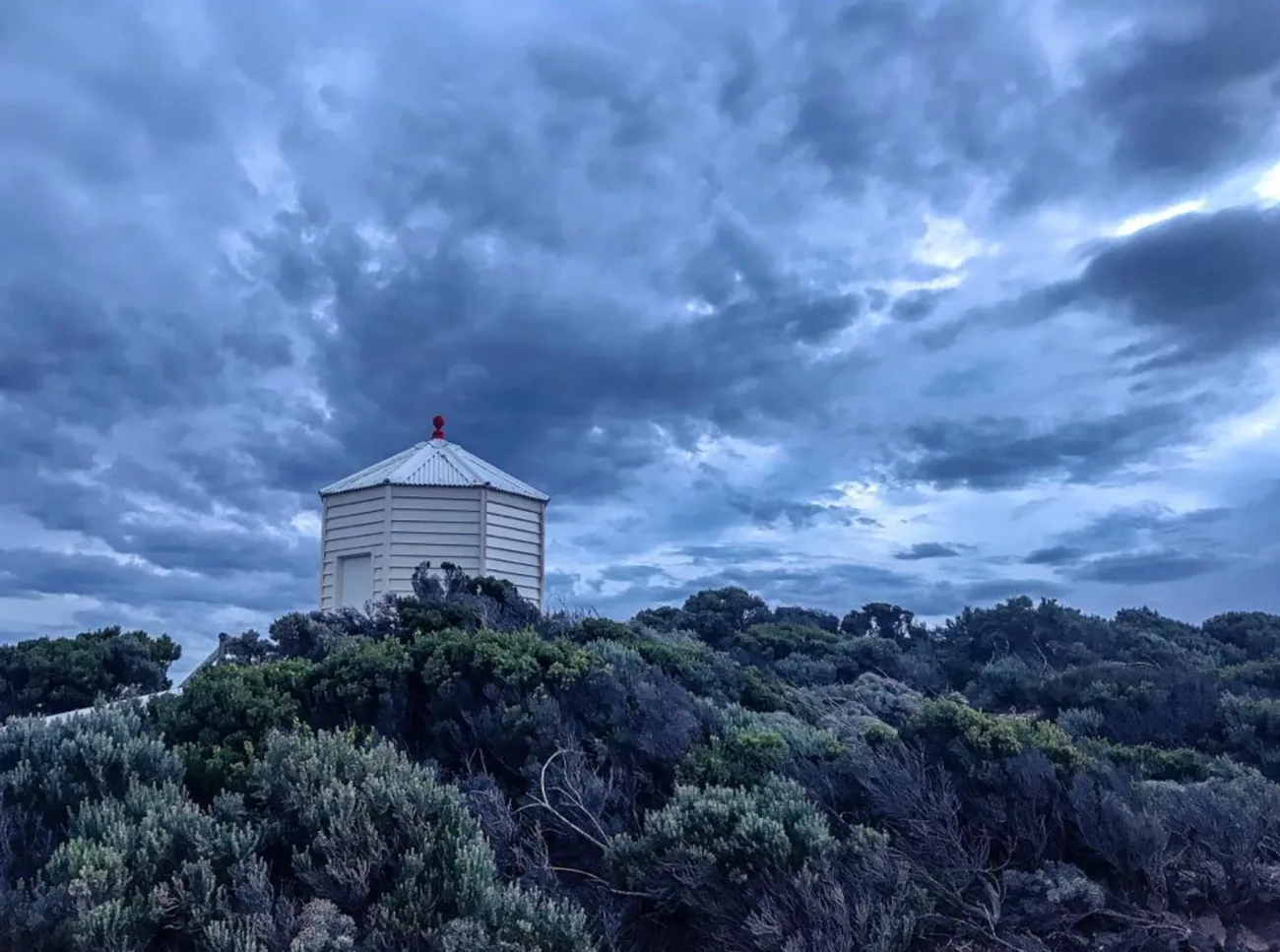
The Coastal Scenery and Wildlife
Cape Nelson’s coastal scenery is stunning. The rugged cliffs, limestone stacks and coastal hamlets are dramatic and serene. The tall cliffs offer ocean views for miles, with vantage points that stretch as far as Cape Bridgewater and Cape Otway, making it one of the most scenic spots on the Apostles Coast & Hinterland. The limestone cliffs and rock stacks are a testament to the power of the Southern Ocean which has shaped this coastline over millions of years.
The wildlife of Cape Nelson State Park is another bonus. The coastal heathlands and ancient forests are home to many native species, including seabirds such as albatrosses, shearwaters and gannets. For flora enthusiasts, there are unique plant species like Soap Mallee and ferns. It’s a photographer’s paradise, a birdwatcher’s delight and a nature lover’s haven. Along the coast, dolphins and seals can often be seen playing in the water, adding to the charm of Cape Nelson.
Popular Activities at Cape
Cape Nelson has many outdoor activities for the adventurous. Scenic drives along Cape Nelson Road, walking the coastal tracks and birdwatching are the main attractions here. The surrounding areas including Johanna Beach, Childers Cove and Blanket Bay allow you to explore some of the best coastal and inland routes in South West Victoria with coastal hamlets and ancient rainforest trails.
Picnicking and Relaxing
The Cape Nelson Picnic Area is the perfect spot for a picnic with picnic tables, toilets and parking. Surrounded by the natural beauty of the cape it’s a great place to spend a lazy afternoon. Take in the 360 degree views of the coastline, green hills and ancient forests. A meal in the middle of Cape Nelson’s ruggedness is an experience you will never forget.
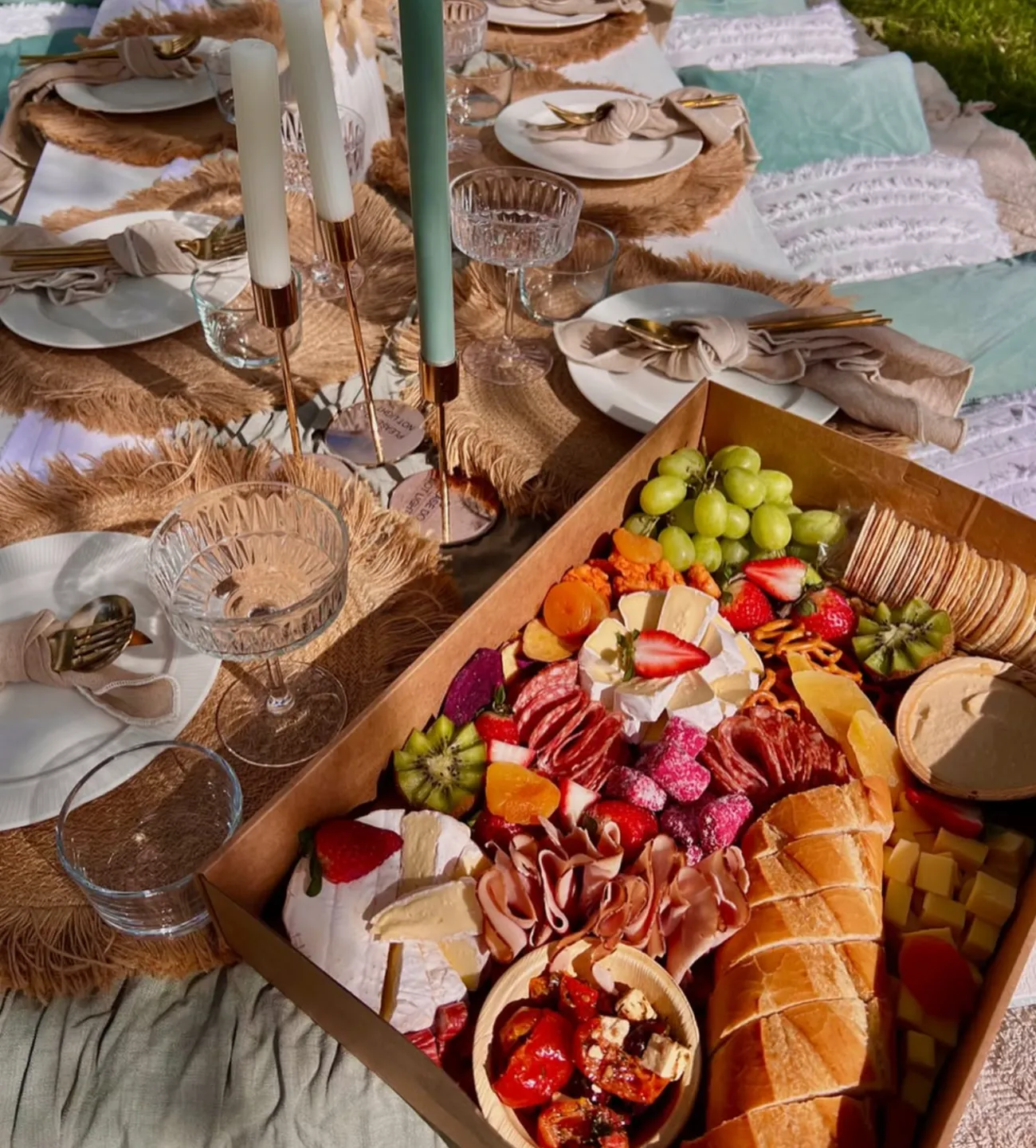
Whale Watching
One of the best experiences at Cape Nelson is whale watching. May to October is the time to see humpback whales and southern right whales as they migrate along the coast. The high cliffs of Cape Nelson offer unobstructed views of the ocean so it’s the perfect spot to see these magnificent creatures. This seasonal event attracts visitors from far and wide who come to watch as the whales breach, blow and swim through the Bass Strait.
Whale watching isn’t limited to whales; during these months, dolphins and seals are also spotted near the cape. Bring binoculars and cameras, as sightings can be quick.
Cape Nelson Lighthouse
The Cape Nelson Lighthouse is one of the cape’s most iconic landmarks and a must-see for any visitor. Built in 1884, this lighthouse stands tall on the cliffs and has been guiding ships safely along Victoria’s southern coast for over 130 years. A visit to the lighthouse is more than just a view; guided tours will give you insight into the history, construction and significance of this historic building. Climbing to the top of the lighthouse will reward you with 360-degree views of the coastline, including the Southern Ocean, Cape Otway and, on a clear day, the Glenelg River.
Discover Hidden Caves
Cape Nelson is famous for its natural rock formations with hidden caves along its rugged coastline. Exploring these geological wonders will give you a glimpse into the history of the cape which has been shaped by centuries of erosion from the Southern Ocean. Guided tours are often available and will give you more information about the area’s geological history and add to the adventure.
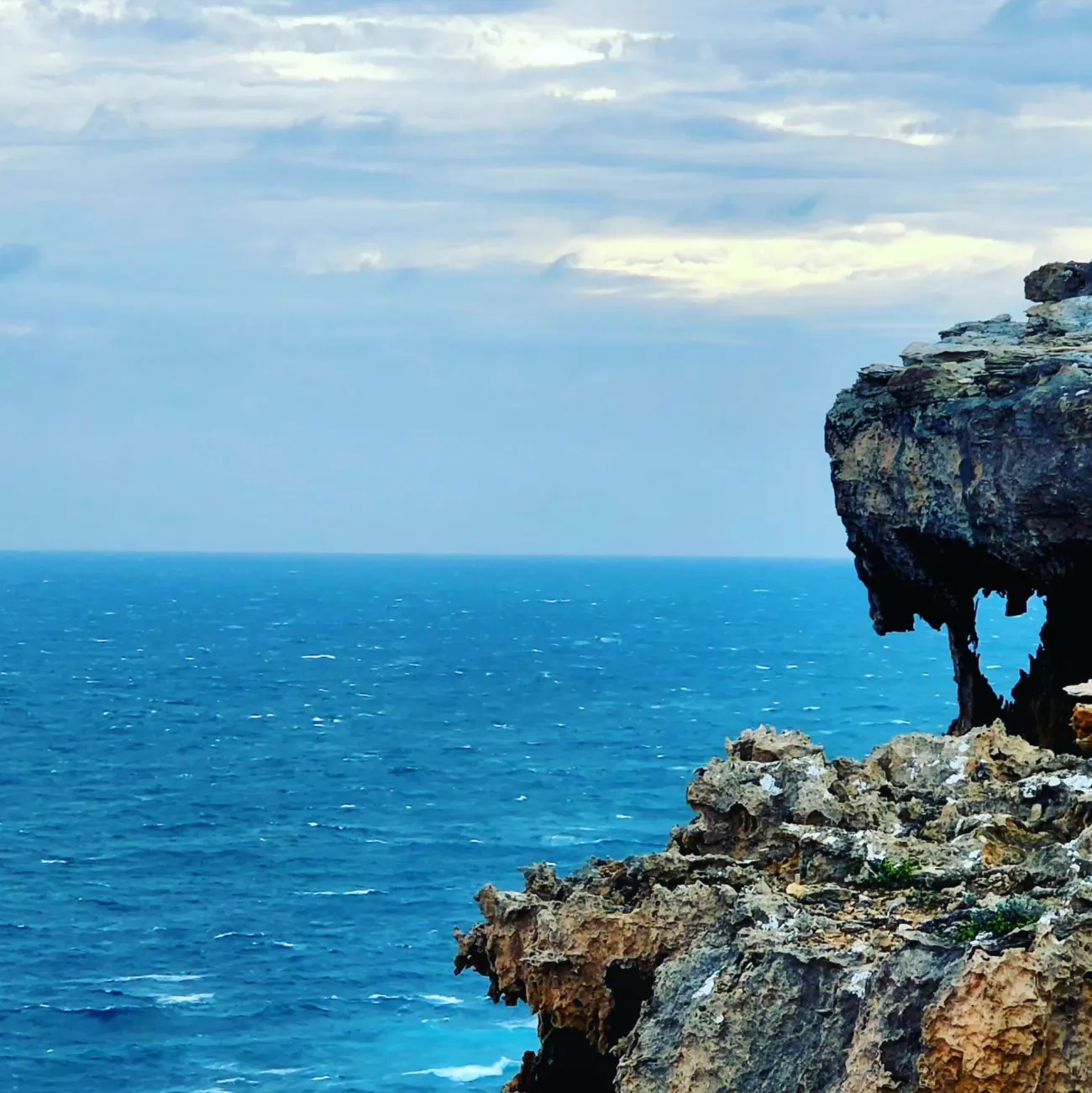
Fishing
Fishing is another popular activity at Cape Nelson. With many fishing spots along the Southern Ocean, you can fish in the drama of Cape Nelson and its flora. Cape Bridgewater and the nearby Glenelg River are also fishing spots where you can enjoy the peace and quiet of Victoria’s south.
Canoeing and Kayaking
For water sports lovers, the coastal roads of Cape Nelson are the perfect place to canoe and kayak. The calm waters near Cape Bridgewater and Glenelg River make it safe and fun. Paddling along the Southern Ocean gives you a unique perspective on the natural wonders of Cape Nelson, limestone cliffs and rainforests.
Cape Access Guide
Cape Nelson is about a 4-hour drive from Melbourne via the Great Ocean Road. The drive to Cape Nelson takes you through some of Victoria’s most beautiful coastal and inland routes, with stops at Port Campbell, Beech Forest and Kennett River. If you’re using public transport, buses go to Portland, and from there, local transport can get you closer to the cape. Signposted roads and plenty of parking make getting to and around Cape Nelson easy whether you’re on a day trip or a longer stay in the region.
Best Time to Visit Cape
When you embark on a 1 day Great Ocean Road tour to Cape Nelson, the activities you choose will depend on the season. Whale watching is best from May to October, while the warmest months, from December to February, are perfect for picnicking, kayaking, and hiking. Each season highlights unique features of the landscape—winter unveils lush rainforests and vibrant green hills, while summer brings a dry, rugged beauty. No matter when you visit, Cape Nelson offers breathtaking views, dramatic cliffs, and an unspoiled coastline.
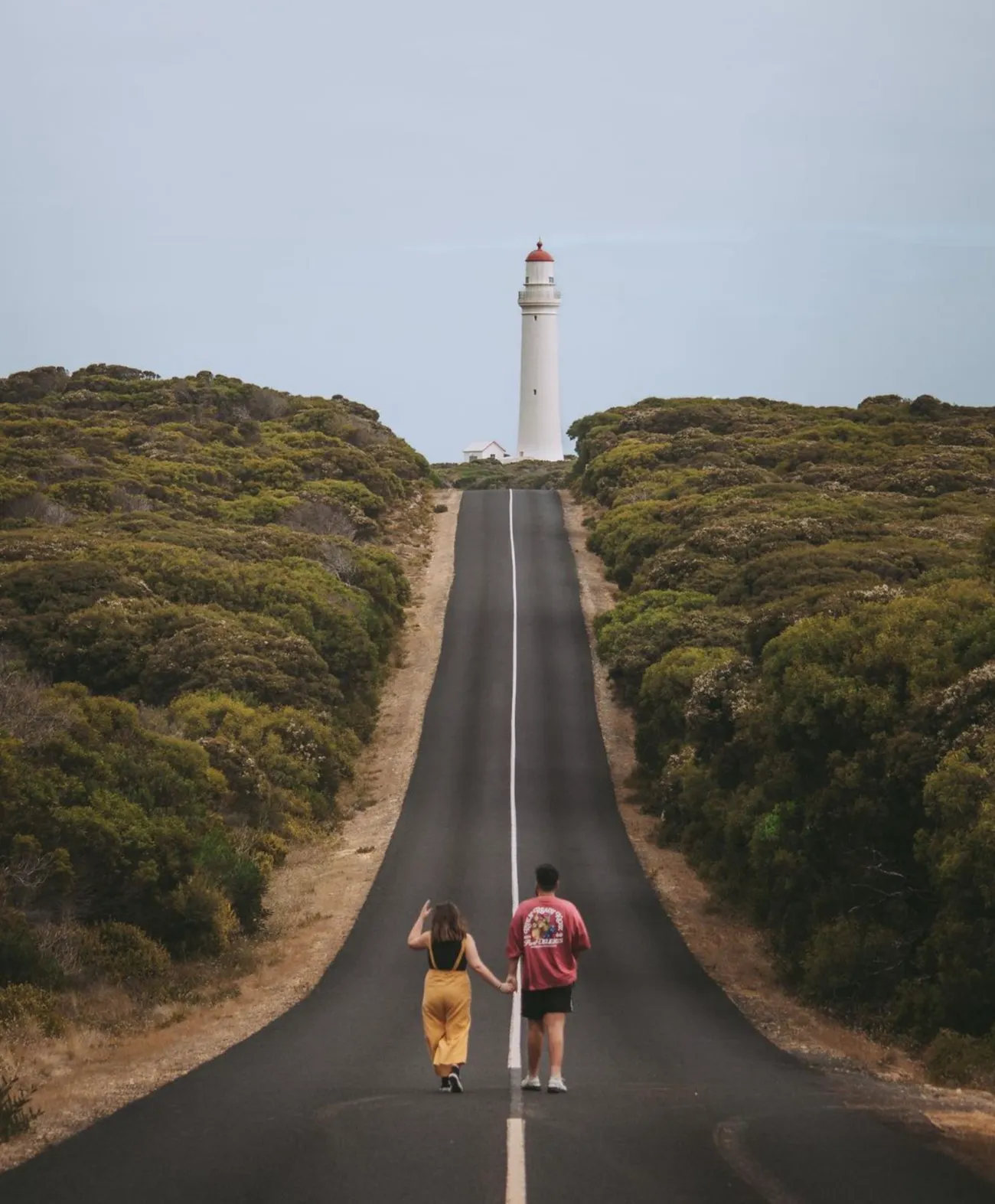
FAQ
What are the highlights of Cape Nelson?
Cape Nelson Lighthouse, coastal cliffs, walking tracks, whale watching and picnic areas.
When is whale watching season at Cape Nelson?
The whale watching season is from May to October, when you can see migrating humpback and southern right whales.
Are there places to stay near Cape Nelson?
Yes, nearby towns of Portland and Port Fairy have a range of facilities including award winning accommodation to suit all budgets.
How do I get to Cape Nelson from Melbourne?
Cape Nelson is a 4 hour drive from Melbourne via the Great Ocean Road. Alternatively you can take a bus to Portland and arrange local transport to Cape Nelson.
Are there tours of the Cape Nelson Lighthouse?
Yes, tours are available to learn about the lighthouse’s history and see the views from the top.







